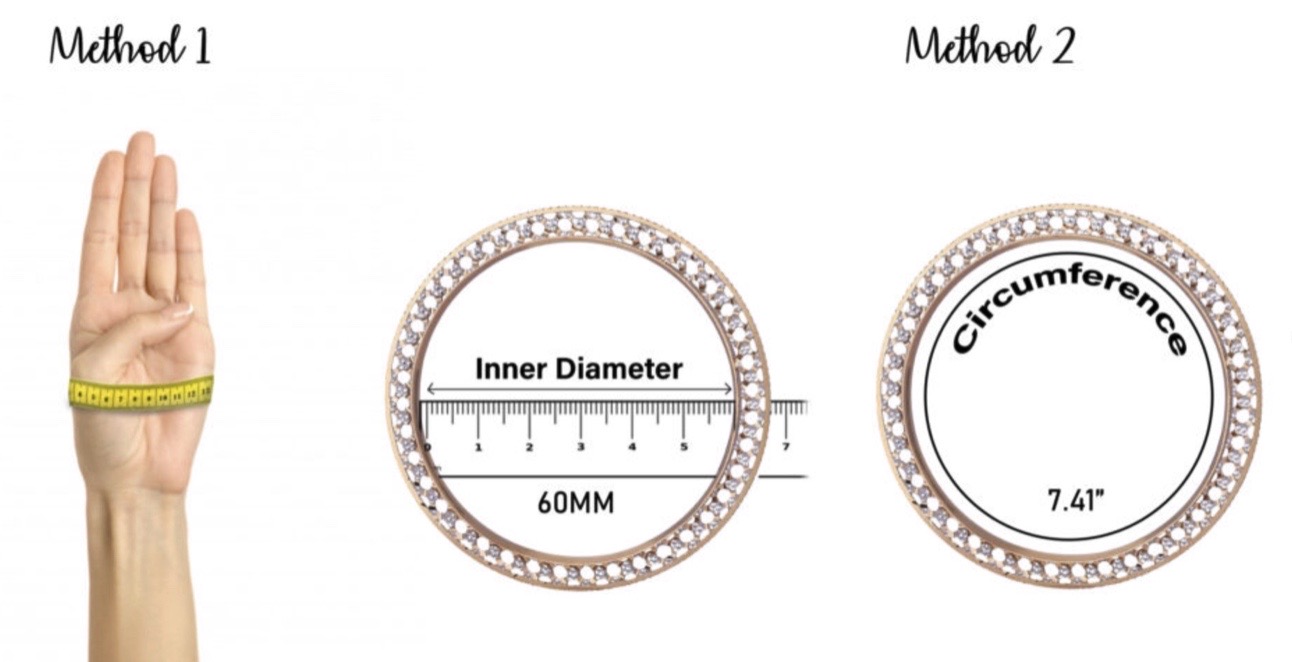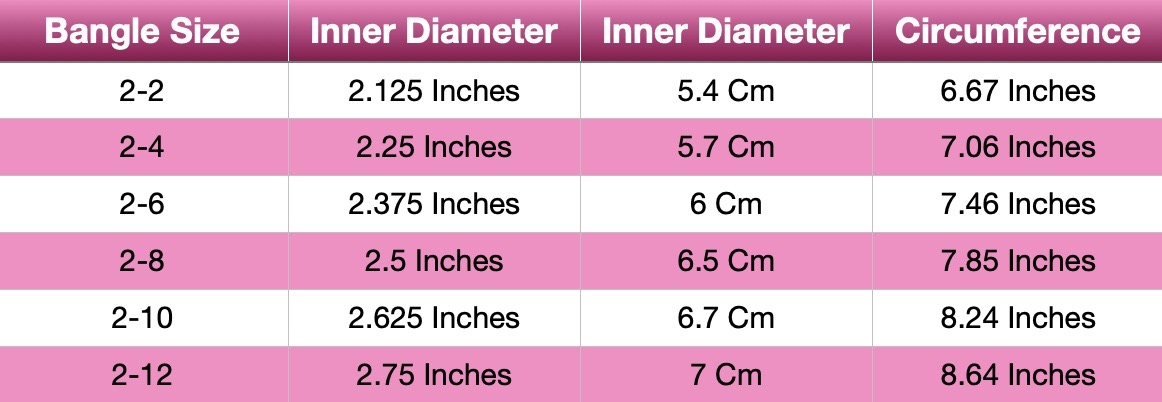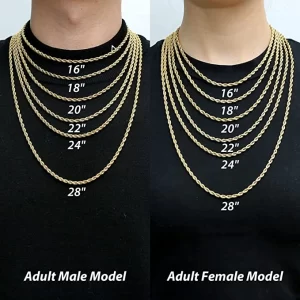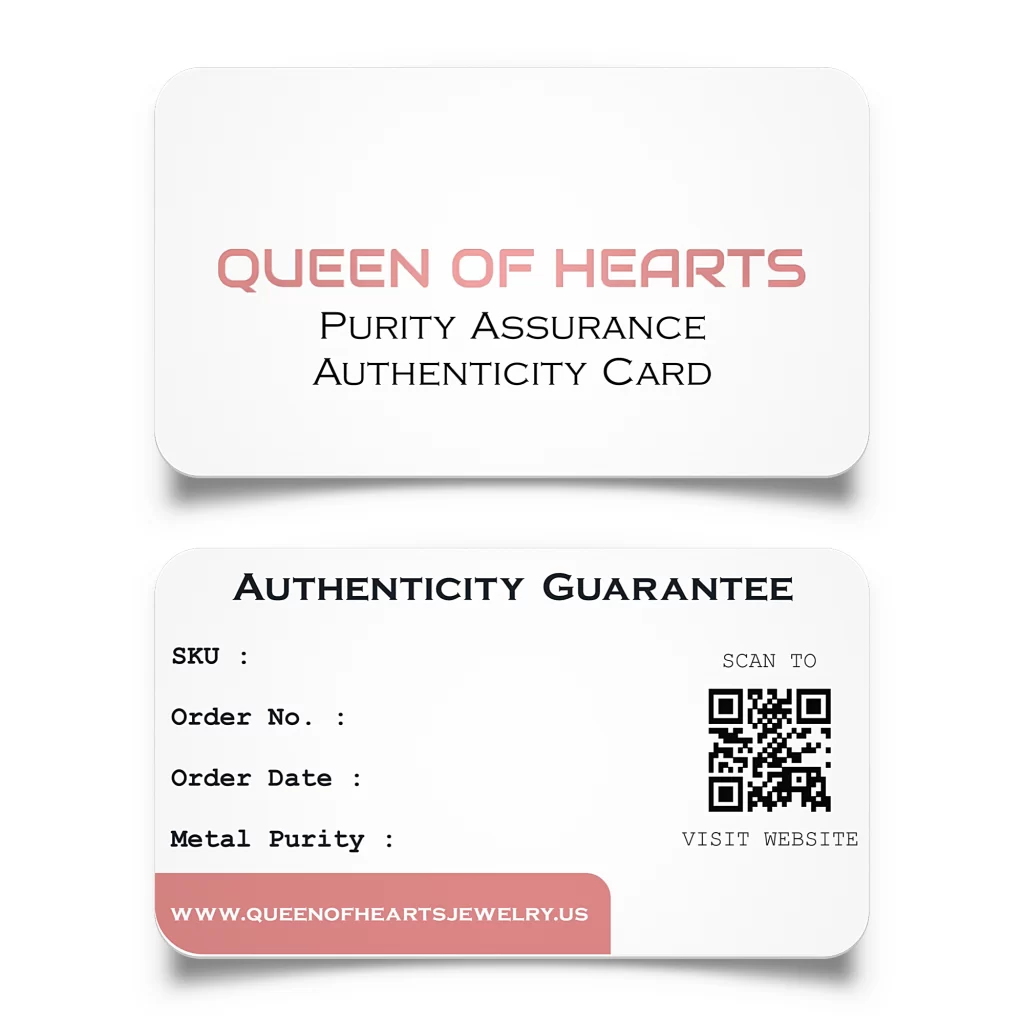Symbolism of Ear Piercing in Hinduism

No matter where you are in the world, getting your ears pierced is something of a right of passage for every little girl. But across cultures and religions, ear piercings aren’t just a fashion statement; for many, they carry significant religious and symbolic meaning. So, what does an ear piercing signify in Hinduism? Let’s take a look.
THE SYMBOLISM OF PIERCED EARS IN HINDUISM
The practice of ear piercing – also known as Karnvedh Sanskar – is a cultural ritual that typically takes place up to 7 years after a child is born to a Hindu family. There are many customs that are observed when carrying out Karnvedh Sanskar, including:
- Piercing the left ear before the right ear for girls
- Piercing the right ear before the left ear for boys
- Only piercing the ears during odd ages (for example, when a child is 1, 3, 5 or 7)
- Using gold needles to pierce the ears (as gold never rusts)
WHAT DO PIERCED EARS REPRESENT IN HINDUISM?
In Hinduism, the practice of Karnvedh Sanskar isn’t just for aesthetic purposes; piercing a female child’s ears is said to offer a range of both health and spiritual benefits, including regulating the child’s menstrual cycle, ridding her of potential hysteria, and helping her to maintain emotional balance.
In both boys and girls, ear piercings also hold significant religious value; piercing the ears is said to help enable the child to hear sacred sounds, and in doing so, allows him or her to be cleansed emotionally and nurtured spiritually. This is achieved by opening the child’s “inner ear” via the piercing itself. However, it is important to note that in recent years, performing
Karnvedh Sanskar on boys is less common.
Still, the practice of Karnvedh Sanskar is so sacred that many Hindu communities consider it as obligatory as other Hindu rituals, such as upanayanam. The ritual also transcends all class and caste boundaries; even if a family is poor, parents will still try to make an effort to have their children’s ears pierced, as the symbolism and spiritual meaning behind the practice is highly sacred.
PIERCING YOUR CHILD’S EARS: WHAT TO KNOW
Given that Karnvedh Sanskar is considered an almost obligatory ritual amongst certain Hindu groups, those who follow the Hindu religion will naturally wish to perform this ceremony according to the customs and conventions of the tradition.
However, those wishing to participate in this practice should note that certain health and safety measures should be observed; not just to minimize pain for your child, but to also reduce the risk of infection or illness after piercing. Here are our top tips:
- Go to a qualified jeweler – Always have the piercing done by a qualified, experienced jeweler with appropriate anesthetic. This will reduce the chances of your child suffering unnecessary pain and discomfort, and will also ensure that the piercing is carried out professionally and safely.
- Don’t change the earrings for 6 weeks – Once your child’s ears have been pierced, leave them in for at least 6 weeks to ensure that the holes heal properly. After this period, you can switch to a different earring if desired.
- Do the research – Before having your child’s ears pierced, make sure to research the procedure thoroughly and familiarize yourself with how it is typically performed in Hindu culture. This will help ensure that both you and your child know what to expect, and will also help to minimize any potential distress on your child’s part.
- Opt for high-quality earrings – Young children can be prone to skin irritation when wearing their first pieces of jewelry, and this is especially true when it comes to earrings. As pierced ears create wounds, irritations that occur can end up causing nasty infections and discomfort for your little one. To avoid this, opt for hypoallergenic metals – such as 22k gold earrings – when picking your child’s first pair of earrings.
Bring a toy or other distractions – There’s no two ways about it – getting your ears pierced is going to sting a little! To help distract your child from any pain or discomfort, don’t forget to bring along a toy, book, teddy bear or other form of distraction – if all goes well, they might not even notice the piercing taking place!







